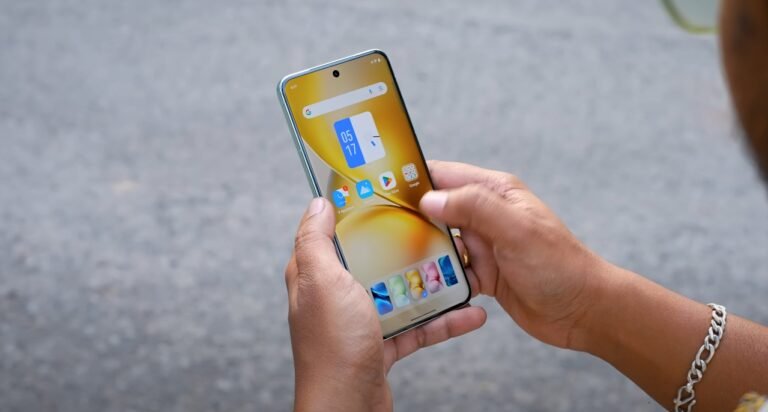Xiaomi 17 Pro Max vs Google Pixel 9: which camera wins on a budget?
Budget Camera Battle Between Two Modern Flagships
The Xiaomi 17 Pro Max and Google Pixel 9 bring two very different philosophies to smartphone photography, especially for users trying to maximise camera performance without overspending. One focuses on hardware strength with multiple high-resolution sensors, while the other leans on powerful computational processing to deliver consistent results. For budget-minded buyers, the comparison becomes a question of versatility versus simplicity.
Xiaomi equips the 17 Pro Max with a triple 50-megapixel camera setup, covering wide, ultra-wide and a true optical zoom lens. This gives the device the ability to switch smoothly between different focal lengths, offering flexibility for travel, events and outdoor shooting. The large sensors and optical zoom help capture more detail in bright and low-light environments, making it appealing to users who enjoy varied photography.
The presence of optical zoom is a major advantage for Xiaomi. With up to 5× optical magnification available, the phone allows clearer, sharper zoomed-in shots compared to typical digital zoom methods. For users who like capturing distant subjects such as wildlife, architecture or stage events, this feature adds meaningful value without needing extra equipment. It transforms the smartphone into a more capable all-round camera.
Google takes a different approach with the Pixel 9, focusing heavily on software processing to improve photos automatically. The device uses a high-quality main sensor paired with a strong ultra-wide camera, delivering clear, balanced and colour-accurate images. The strength of computational photography enables the Pixel 9 to handle challenging lighting reliably, often producing results that look natural and ready to share without edits.
One of the standout advantages of the Pixel 9 is its consistency. Whether shooting indoors, outdoors, at night or against bright backdrops, the phone applies intelligent processing to preserve detail, brightness and shadows. This makes it especially useful for users who prefer a simple point-and-shoot experience. Even without extensive hardware, the software enhancements create images that match or exceed many competitors in everyday use.
Where the Pixel 9 falls behind is zoom capability. Without a dedicated telephoto lens, the device relies on digital zoom, which can reduce clarity at higher magnifications. For users who frequently capture distant subjects, this limitation becomes noticeable. Those who prioritise zoom performance may find Xiaomi’s hardware-driven approach more suitable, especially on a budget that still allows for premium photography features.
Low-light performance is another area where both phones compete strongly. Xiaomi’s larger sensors help gather more light naturally, producing brighter images with less noise. Meanwhile, Google’s night-mode processing enhances shadows and highlights through advanced algorithms. For most users, both deliver impressive results, but the Pixel often requires less manual adjustment to achieve balanced nighttime photos.
In terms of selfie performance, Xiaomi’s high-resolution front camera offers sharp and detailed results. It also benefits from the option to use the rear cameras with the help of the secondary display, providing even higher quality for self-portraits. The Pixel 9 produces natural-looking selfies, but Xiaomi’s hardware advantage may appeal to users who value maximum detail or content creation flexibility.
For video recording, both devices deliver stable and clear footage. Xiaomi’s hardware stabilisation and high-resolution sensors enable crisp results across different lighting conditions. Google’s software stabilisation produces smooth, cinematic motion, with strong colour accuracy and exposure management. Depending on style preference, users may favour Xiaomi for clarity or Pixel for natural processing.
When considering budget, the Pixel 9 typically arrives at a lower price point while still offering top-tier everyday camera quality. This gives it an advantage for buyers who want excellent photos without spending flagship-level money. Xiaomi provides stronger all-round camera tools but at a higher cost, making it more suitable for users who prioritise features such as zoom and multi-lens flexibility.
Overall, the decision comes down to what kind of photography matters most. The Xiaomi 17 Pro Max offers superior versatility with its multiple high-resolution lenses and strong zoom capability, giving users more creative options. The Google Pixel 9, however, delivers consistently excellent photos through powerful software processing at a more affordable price, making it the better choice for budget-conscious buyers who value simplicity and reliability.
For users chasing the best all-purpose camera setup without compromise, Xiaomi stands out. But for those who want great everyday photos at a lower cost, the Pixel 9 emerges as the clear budget-friendly winner.





